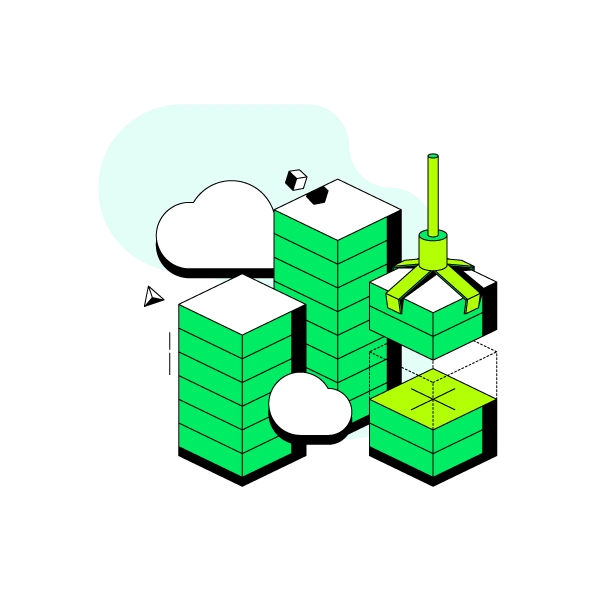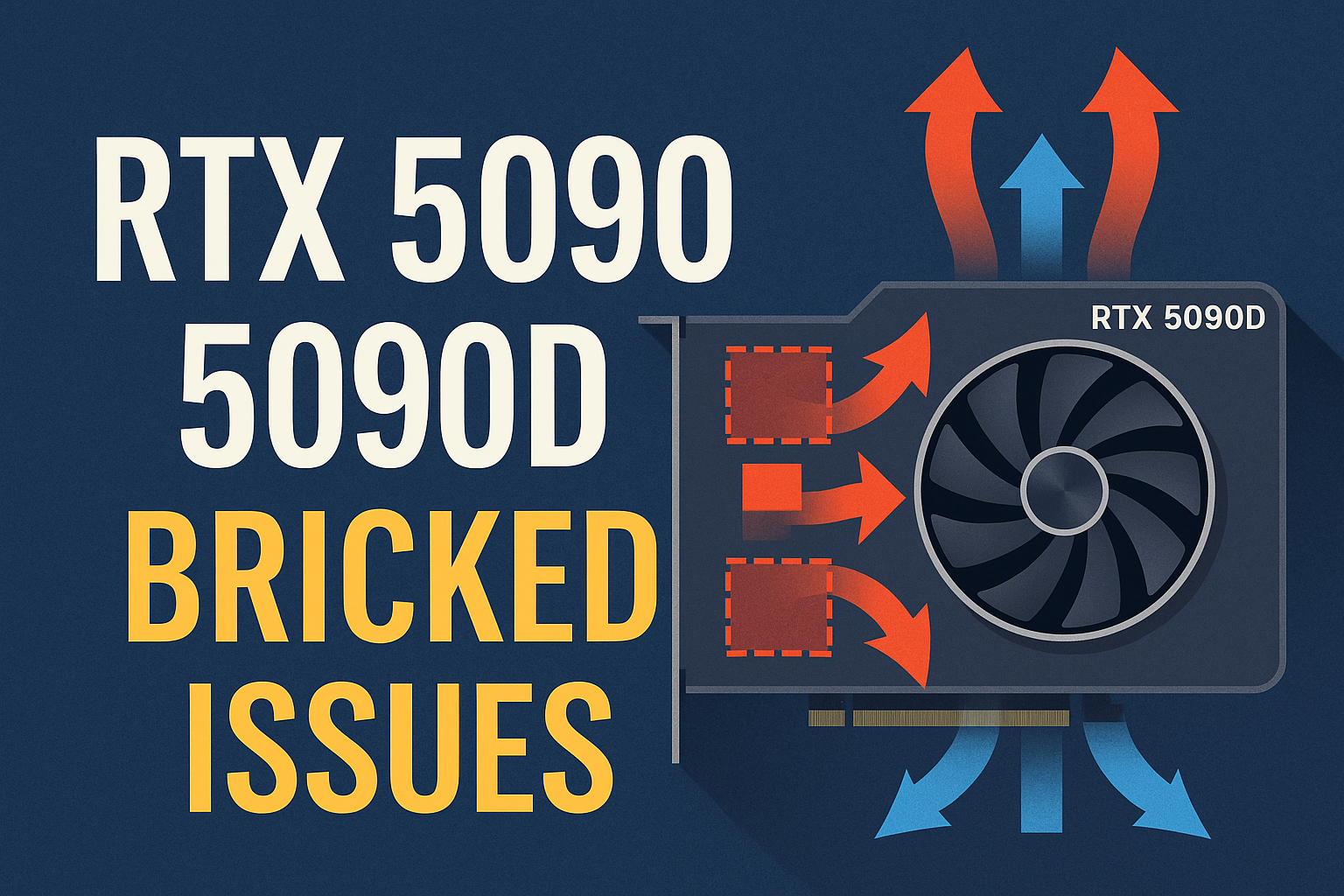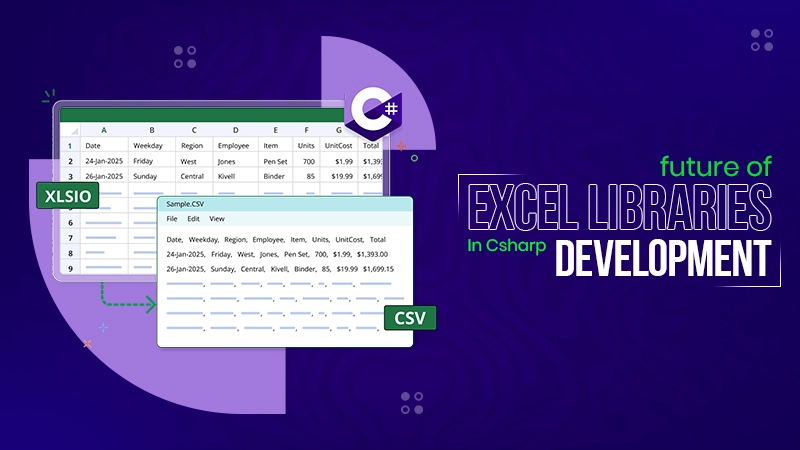
Data has become a vital part of everyday life. Whether in business, healthcare, or personal decision-making, the ability to collect, store, and interpret data drives efficiency and innovation. As Jeff Bezos once remarked, “If you’re not using data to drive your decisions, you’re essentially flying blind.” This sentiment highlights the modern reality: data is no longer just an asset; it is a compass that guides progress.
Within this landscape, MongoDB has emerged as a powerhouse in the data industry. With MongoDB performing well, it has carved out a reputation as one of the most successful and widely adopted database platforms in the world. Known for its flexibility, scalability, and developer-friendly design, MongoDB has continually evolved to meet the changing needs of organizations. One of its most exciting advancements is the introduction of MongoDB’s vector databases, which have the potential to revolutionize how we manage and utilize data in an era dominated by artificial intelligence (AI) and machine learning (ML).
What Are Vector Databases?
At their core, vector databases are designed to store and query data in vector form. Unlike traditional databases that primarily handle structured data such as numbers, strings, and tables, vector databases focus on embeddings—numeric representations of unstructured data like images, audio, text, or video.
For example, when an image is processed by a machine learning model, it is translated into a vector—a long list of numbers capturing features such as color patterns, shapes, and textures. Similarly, natural language processing (NLP) models convert words and sentences into vectors that encode meaning and context. The magic of vector databases lies in their ability to efficiently search, compare, and retrieve similar vectors, making them ideal for AI-powered applications like recommendation engines, semantic search, anomaly detection, and personalization.
Why MongoDB’s Vector Databases Matter
The rise of AI has made vector databases more important than ever. MongoDB’s vector databases integrate these capabilities into its already robust ecosystem, giving developers the tools to seamlessly manage both structured and unstructured data in one place. This unified approach eliminates the need to maintain multiple databases for different types of workloads, reducing complexity and costs.
Several factors explain why MongoDB’s vector databases stand out:
1. Unified Data Model
MongoDB’s strength has always been its document-oriented model, which stores data in flexible JSON-like documents. By integrating vector capabilities directly into this model, MongoDB allows developers to work with embeddings alongside traditional fields, all within the same dataset. This makes it easier to build applications that combine structured queries (like filtering by user ID) with semantic searches (like finding similar customer profiles).
2. Scalability and Performance
MongoDB is known for its ability to scale horizontally, distributing data across clusters of servers. This same scalability extends to its vector databases, enabling them to handle massive datasets required for AI and ML tasks without compromising performance. Whether it’s millions of images or billions of text embeddings, MongoDB can deliver fast, efficient retrieval.
3. Developer Experience
MongoDB’s popularity stems from its focus on developers. Its vector databases integrate with familiar APIs, query languages, and drivers, ensuring a smooth learning curve. Developers can implement advanced AI features without needing to learn entirely new systems or frameworks.
4. Integration with AI Ecosystems
MongoDB’s vector databases are designed to integrate with modern AI frameworks such as TensorFlow, PyTorch, and Hugging Face. This compatibility allows organizations to feed embeddings directly into MongoDB, run queries, and connect results to downstream AI-powered applications.
Use Cases for MongoDB’s Vector Databases
The real-world potential of MongoDB’s vector databases is immense. Here are a few scenarios where they shine:
• Semantic Search: Instead of relying on exact keyword matches, businesses can use vector searches to return results that capture the meaning of queries. For instance, a search for “wireless headphones” could also return results for “Bluetooth earbuds.”
• Recommendation Systems: E-commerce platforms can harness embeddings of user behavior, purchase history, and product features to provide personalized recommendations that feel intuitive and accurate.
• Fraud Detection: Financial institutions can store transaction embeddings to identify unusual patterns, spotting potential fraud in real time.
• Healthcare Insights: Medical records, imaging data, and research articles can be embedded and stored in MongoDB’s vector databases, helping doctors and researchers uncover hidden correlations and insights.
• Customer Support: Chatbots and virtual assistants can tap into vector databases to deliver contextually relevant answers, improving user satisfaction and reducing response times.
The Future of MongoDB’s Vector Databases
As AI becomes increasingly embedded in everyday applications, the demand for efficient, scalable, and flexible vector databases will continue to rise. Info World reports that MongoDB’s entry into this field reflects its commitment to staying at the forefront of data innovation. By providing developers and organizations with a unified platform for managing diverse types of data, MongoDB empowers businesses to harness the full power of AI while simplifying infrastructure.
Moreover, MongoDB’s reputation for reliability and scalability suggests that its vector databases will play a crucial role in enabling AI at scale. Whether for startups building niche applications or enterprises operating globally, MongoDB is positioning itself as a one-stop solution for the next generation of data-driven systems.
Data is the new currency of innovation, and the ability to manage it effectively determines success in today’s competitive environment. MongoDB, with its $25.733 billion market cap, has proven its resilience and adaptability in the ever-changing data industry. Now, with the introduction of MongoDB’s vector databases, the company is pushing the boundaries even further, offering businesses a way to unlock the full potential of AI and unstructured data.
As Jeff Bezos wisely noted, “If you’re not using data to drive your decisions, you’re essentially flying blind.” MongoDB ensures that organizations no longer have to fly blind—they can instead navigate the future of AI and data with clarity, precision, and confidence.










